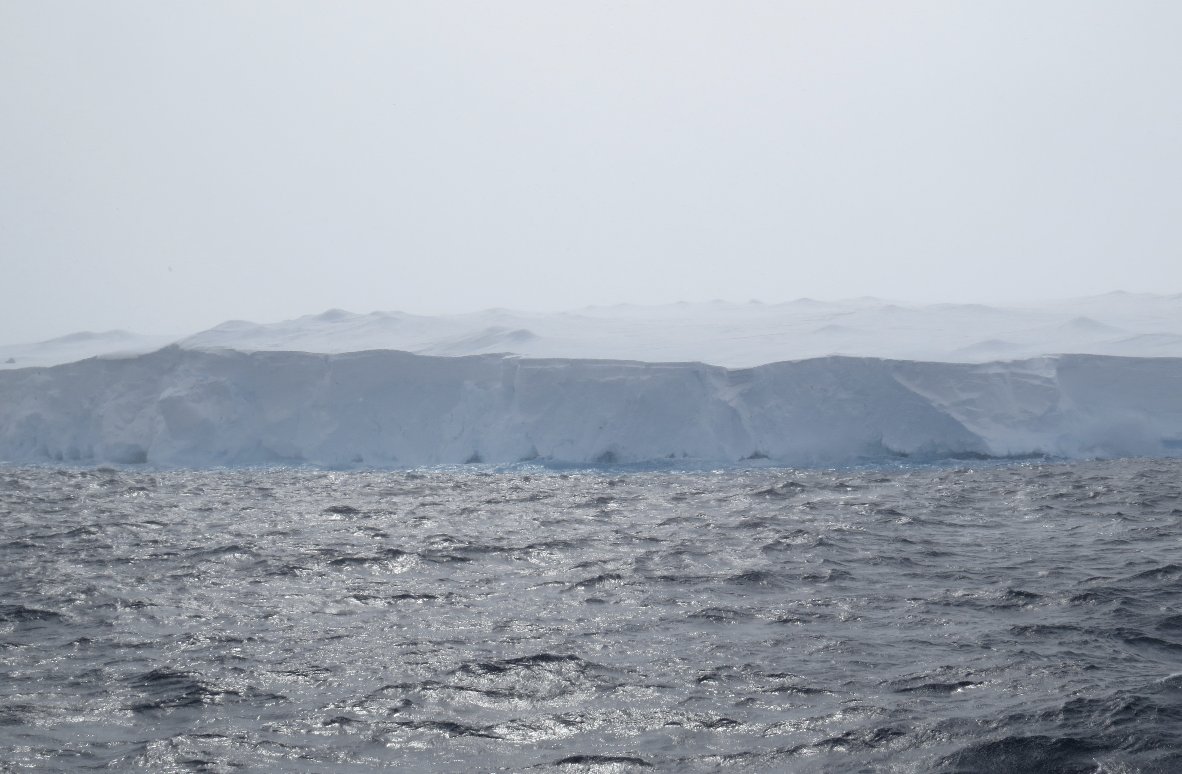Iceberg A23a weighs nearly a trillion metric tonnes. Known as A23a, is roughly 1,500 square miles — about three times the size of New York City – and it just started moving north.
The massive block of ice, which was once home to a Soviet research station, originally broke off from the Filchner-Ronne Ice Shelf in West Antarctica in 1986. It’s been stranded in the Waddell Sea since its base became stuck on the ocean floor.
Now the nearly trillion metric ton chunk is quickly drifting past the northern tip of the Antarctic Peninsula, fueled by strong winds and ocean currents, satellite images show.
Not anymore.
Key points:
- Iceberg A23a weighs nearly a trillion metric tonnes and takes up 4,000 square km
- It will likely be launched into the Antarctic Circumpolar Current
- It’s possible A23a could again become grounded at South Georgia island
📣 Double-whammy iceberg news this morning:
— British Antarctic Survey 🐧 (@BAS_News) November 24, 2023
1️⃣ The largest iceberg, A23a, is on the move!
Here's its journey out of the Weddell Sea after being grounded on the sea floor after calving in August 1986.
Copernicus Sentinel-1 imagery, Google Earth Engine 👇 pic.twitter.com/KseKTD1Wrg
Cloud-free periods were scarce during the 14-day period from from 13-26 November – but even on most of the cloudy days you could see the silhouette of Iceberg #A23a (currently the Earth's largest) in @NOAASatellites #GOES16/#GOESEast True Color RGB images: https://t.co/xhawArtUOX pic.twitter.com/aTNFwzIK4r
— UW-Madison CIMSS (@UWCIMSS) November 27, 2023
This is the edge of A23A, the current world's largest iceberg. The crew estimates it is 30 m tall. (1/n) pic.twitter.com/30yeePuNQt
— Lindy Elkins-Tanton (@ltelkins) November 24, 2023
